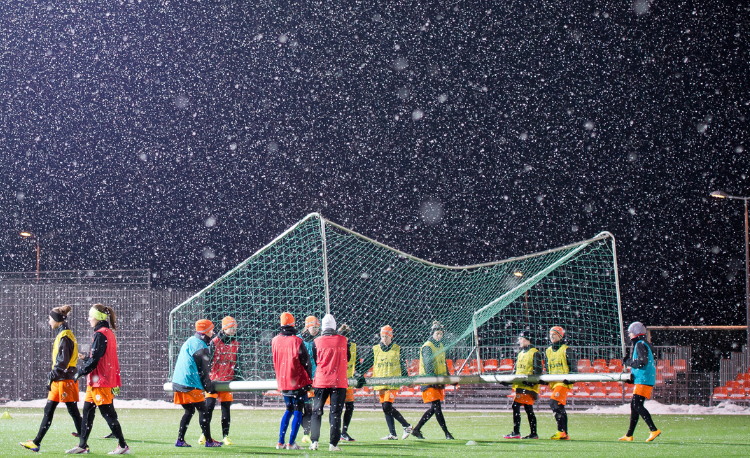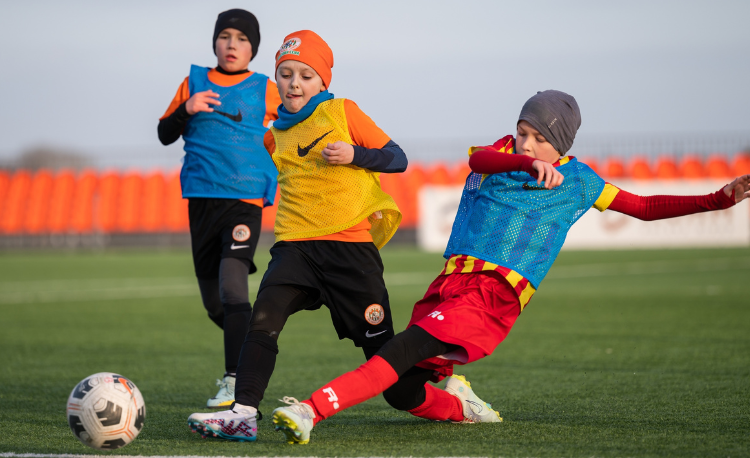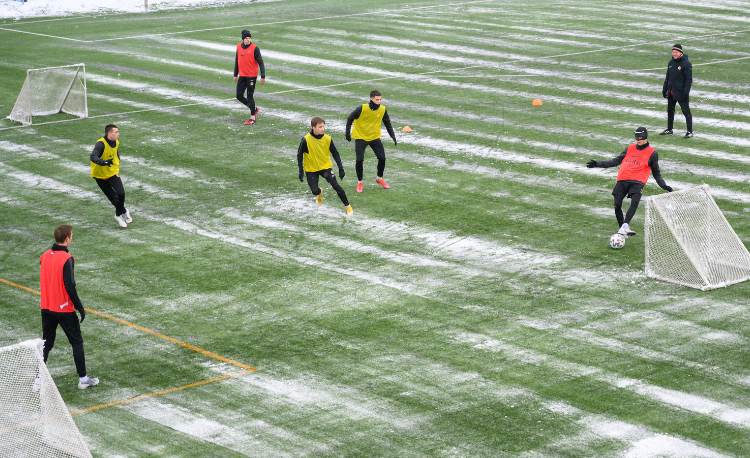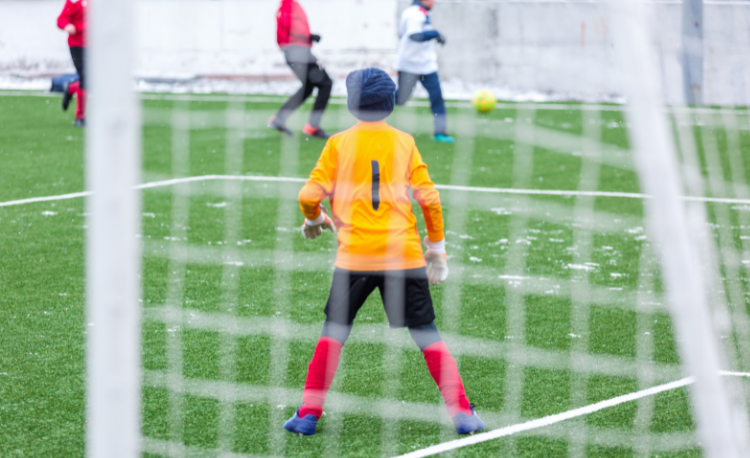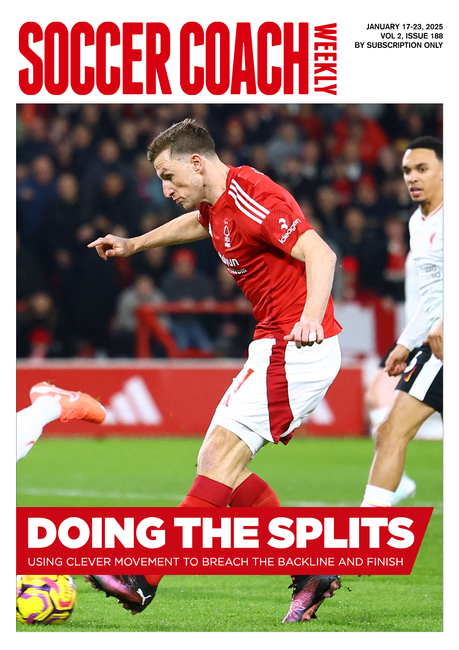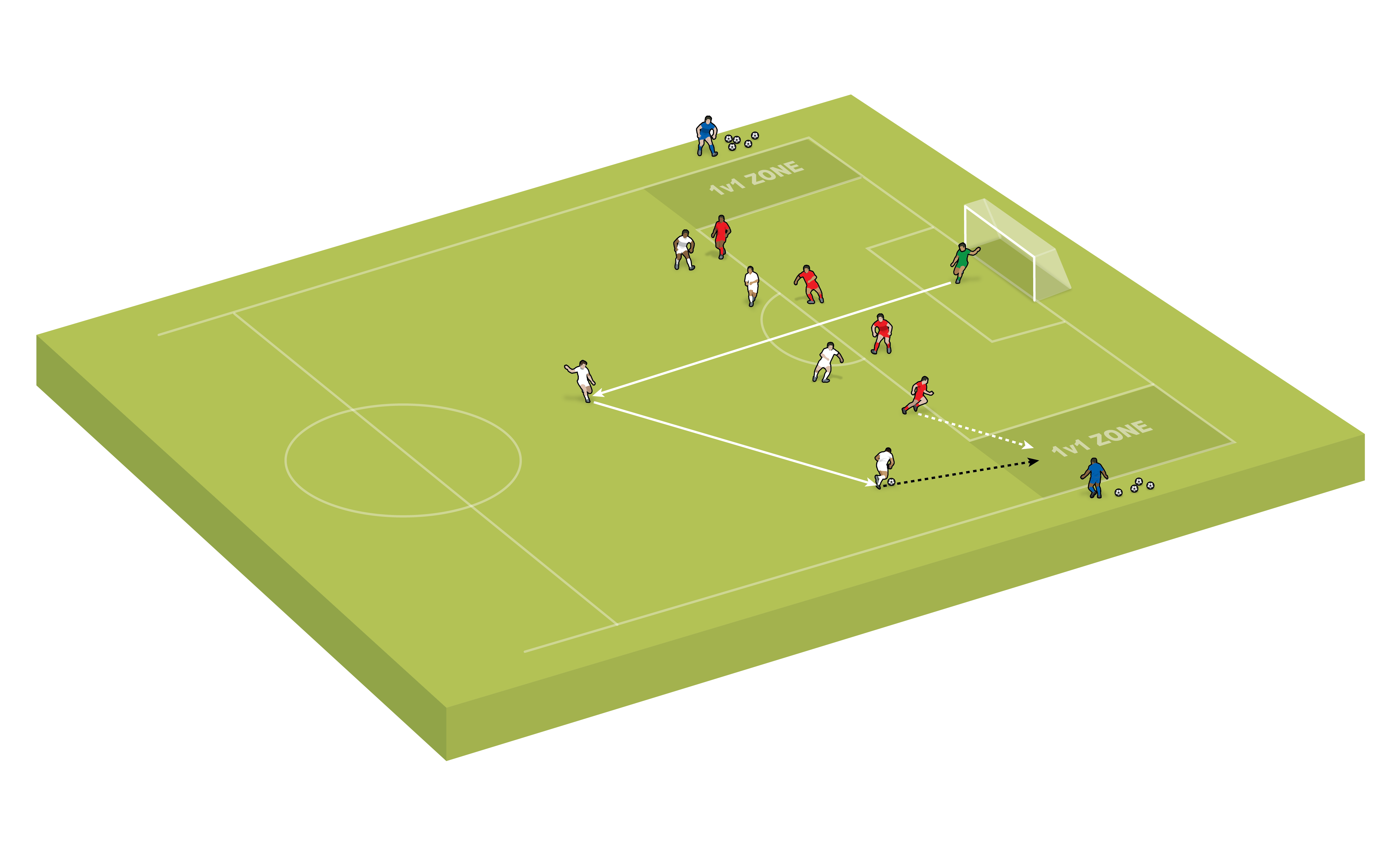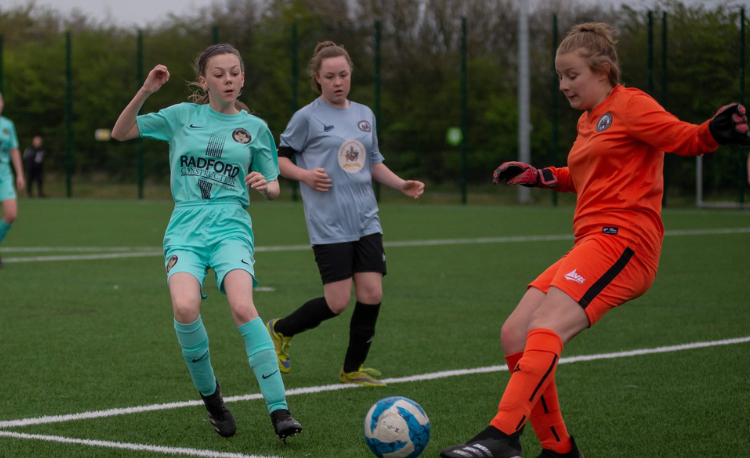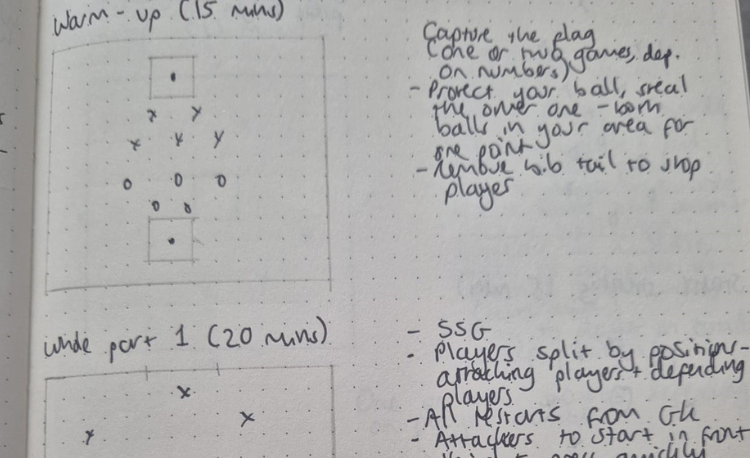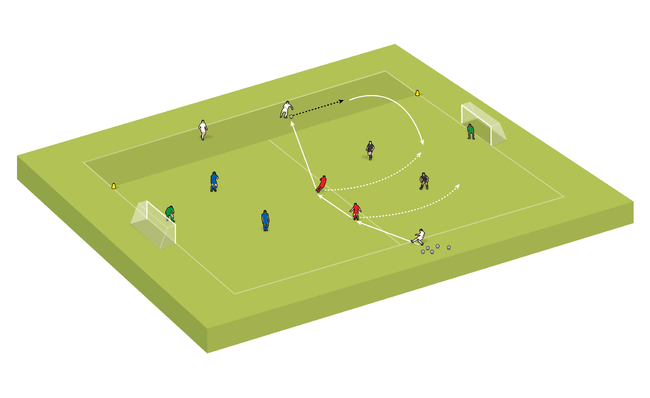20 tips for training in cold conditions
From layering up and keeping on the move, to considering goalkeepers and medical ailments, Steph Fairbairn gives advice for coaching on cold days.
Some of us may be used to coaching in cold conditions all season.
For others, cold sessions make up part of our season, with really extreme conditions occurring every now and again.
Cold conditions present unique challenges for us as coaches – the 20 tips here should help you manage these challenges and get the best out of your sessions...
1. Decide if it’s safe to go ahead
Can you run your session? Is it too cold? Is the surface actually playable? Are entrance and exit routes – such as paths – safe for players to walk on? It’s imperative to ensure all of this is appropriately risk-assessed.
2. Will journeys be affected?
If your session is going ahead, then consider how journeys may be affected. Cold weather can have an impact on roads and public transport, so bear in mind that some of your players may be late, or not be able to make it at all, especially if they live in remote or rural areas.
3. Think about session length
Your normal session may last 60 minutes, 90 minutes, or even two hours. Consider whether that is appropriate in the conditions.
Is making the session a bit shorter an option? Players would still get a chance to practise, but are at less risk of being impacted by the cold.
4. Check the surface
If it’s been deemed safe to play, you still need to check the surface. If you’re playing on grass, is it firmer than normal? If you’re on astroturf, or even a concrete surface, is it slippier than normal? Are there areas of the pitch you’d be best avoiding and can cone off?
5. Check player footwear
Understanding the surface can help you to advise your players on appropriate footwear.
For example, if you play on grass, players may be used to wearing studs – however, a firmer surface may mean astros or different shoes are more appropriate.
You may have players that wear regular sneakers, which is okay during some weather types, but not when they need more grip.
6. Encourage players to dress appropriately
Remind players and parents about appropriate clothing for playing in the cold.
That means more layers, tracksuit bottoms instead of shorts, and potentially even hats instead of gloves.
It’s better for players to come with more on, and be able to take items off.
Perhaps also consider carrying a few spare items with you. Gloves, in particular, are a good thing to keep in your kit bag – you’d be amazed at how many players don’t think about how cold their hands can get.
7. Explore the option of an inside area
Depending on where you play, you may have an inside area you can access.
Consider how you may make use of this – you might want to go inside to warm up, or even do some activities inside.
You may even plan to have part of your session inside – perhaps chatting about some game concepts – and part outside, maybe transferring the learning from those discussions to a practice or game.
8. Consider medical conditions
Some common medical conditions, such as asthma, are exacerbated in the cold.
Keep this in mind throughout. Chat to your players with medical conditions and ask them how they may be impacted in colder times.
9. Consider the impact of potential injuries
Anyone who has had a ball smashed into their thigh or face will know it’s not at all pleasant – but it stings even more in cold weather. Being aware of subtle differences like that can help you support players if and when it happens.
Also think about how you may deal with bigger injuries; those that require a game to be stopped, or more significant medical attention. Do you have a blanket to keep a player warm, if needed, for example?
10. Start quickly
The last thing you want in sub-zero temperatures is for players to arrive, be standing around, and for the cold to set in.
Can you have an arrival activity ready for players as they get there? Perhaps set up a practice that players can join straight away, maybe with instructions on a whiteboard, and direct them there as they arrive.
Related Files
11 Warm up properly
Injuries are more likely to happen in colder weather, so make sure you start with a dynamic warm-up.
This will get the blood flowing and ensure that players have properly prepared their muscles for the session ahead.
12 Make breaks short and sharp
Be firm about the length of breaks. Players are notorious for standing around and talking, or looking to extend breaks if you give them the chance.
Breaks are still very much needed in cold weather, but make sure you limit them so that players don’t get too cold.
13 Encourage players to drink
When it’s colder, the temptation will be for players not to drink, or to drink less, yet they are still taking part in physical activity and will need fluids. Make sure you are asking players to take drink breaks, even if they feel they don’t need them.
14 Lots of ball rolling time
There is rarely a time for line drills in modern-day coaching – and in cold weather, there is never a time for them!
Ideally, in cold conditions, you should ensure there is a lot of ball-rolling time.
Consider how you set up your practices to ensure lots of games and time for movement.If your session has multiple parts, think about how these are set up and how you move between them to minimise delays.
Also, keep your coaching points and interventions as short as possible. Stopping and starting a practice repeatedly will only frustrate players and give them a chance to cool down.
15 Keep it fun
The last thing players want when they are already uncomfortable and cold is to be talked at or lectured. Keep it light-hearted and fun to help players get the most out of the session.
16 Check in with players
Ask players how they are doing. Are they too cold? Are they starting to warm up? Are they enjoying it?
Also, make sure you really listen to them. Often, we can get used to players having a bit of a moan without taking it too seriously. However, it is important that we really pay attention to them, so we can mitigate certain risk factors if needed.
17 Consider your goalkeepers
The nature of their position means goalkeepers are at more risk of the cold setting in.
Chilly sessions aren’t the best time to simply leave the keepers in goal all the time. Consider how you can get them involved in outfield parts of the session – something we should be doing anyway – to ensure they are moving and staying warm.
If they are in goal for parts of the session, encourage them to keep moving when they are not involved in the action, and consider asking them to take it easy on the diving – doing so on harder ground can potentially cause injury.
18 Don’t be afraid to make tough calls
Even though you may have deemed a session safe and appropriate to go ahead, that may change as the session goes on.
You may judge that the temperature has dropped too much, or the surface is now too firm.
As with anything, it’s far better to be safe than sorry. Don’t be afraid to call time on the session early, if need be – even if players are begging you not to.
It might also be a good idea to pre-warn parents that this could happen and prepare them for a potential early pick-up.
Keep in mind, though, that not all parents will be able to do this, so you’ll need a plan for what to do with any players left with you for the rest of the session time.
19 Think about your matchday substitutes
Much of the above applies to matchdays, too. One extra thing you’ll have to consider, though, is your substitutes.
Think about how many players you want to take on a matchday; you don’t want large numbers sitting around. Then, consider how you’ll manage individual game time and encourage players off the pitch to keep warm.
20 Make sure that you are warm enough
If you’re cold, too, your ability to manage the session is going to be seriously impaired.
Make sure you layer up with under layers (even thermals if needed), t-shirts, sweaters, coats and a few pairs of socks. On top of that, think about hats, gloves and a snood.
Some coaches carry heat packs in their pockets and you can also take a hot drink with you to sip on, as needed.
Make sure you warm yourself up when the session is done – whether that’s using your car heating, or having warm, comfy clothes ready to change into when you get home!
Newsletter Sign Up
Coaches Testimonials

Gerald Kearney, Downtown Las Vegas Soccer Club

Paul Butler, Florida, USA

Rick Shields, Springboro, USA

Tony Green, Pierrefonds Titans, Quebec, Canada
Subscribe Today
Discover the simple way to become a more effective, more successful soccer coach
In a recent survey 89% of subscribers said Soccer Coach Weekly makes them more confident, 91% said Soccer Coach Weekly makes them a more effective coach and 93% said Soccer Coach Weekly makes them more inspired.
*includes 3 coaching manuals
Get Weekly Inspiration
All the latest techniques and approaches
Soccer Coach Weekly offers proven and easy to use soccer drills, coaching sessions, practice plans, small-sided games, warm-ups, training tips and advice.
We've been at the cutting edge of soccer coaching since we launched in 2007, creating resources for the grassroots youth coach, following best practice from around the world and insights from the professional game.
